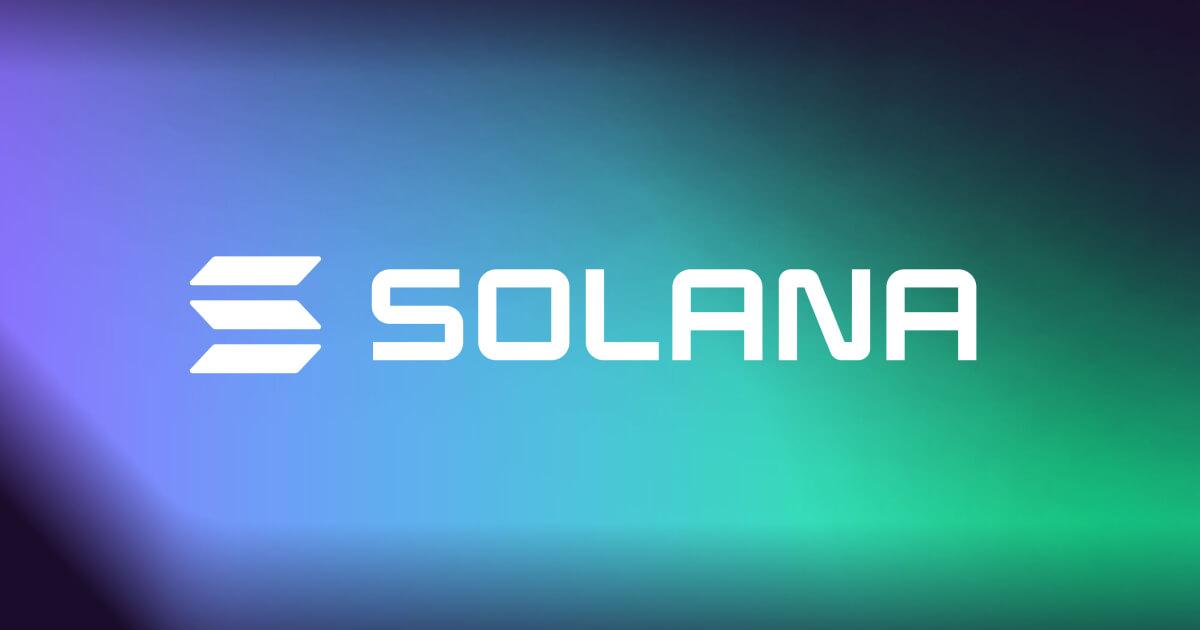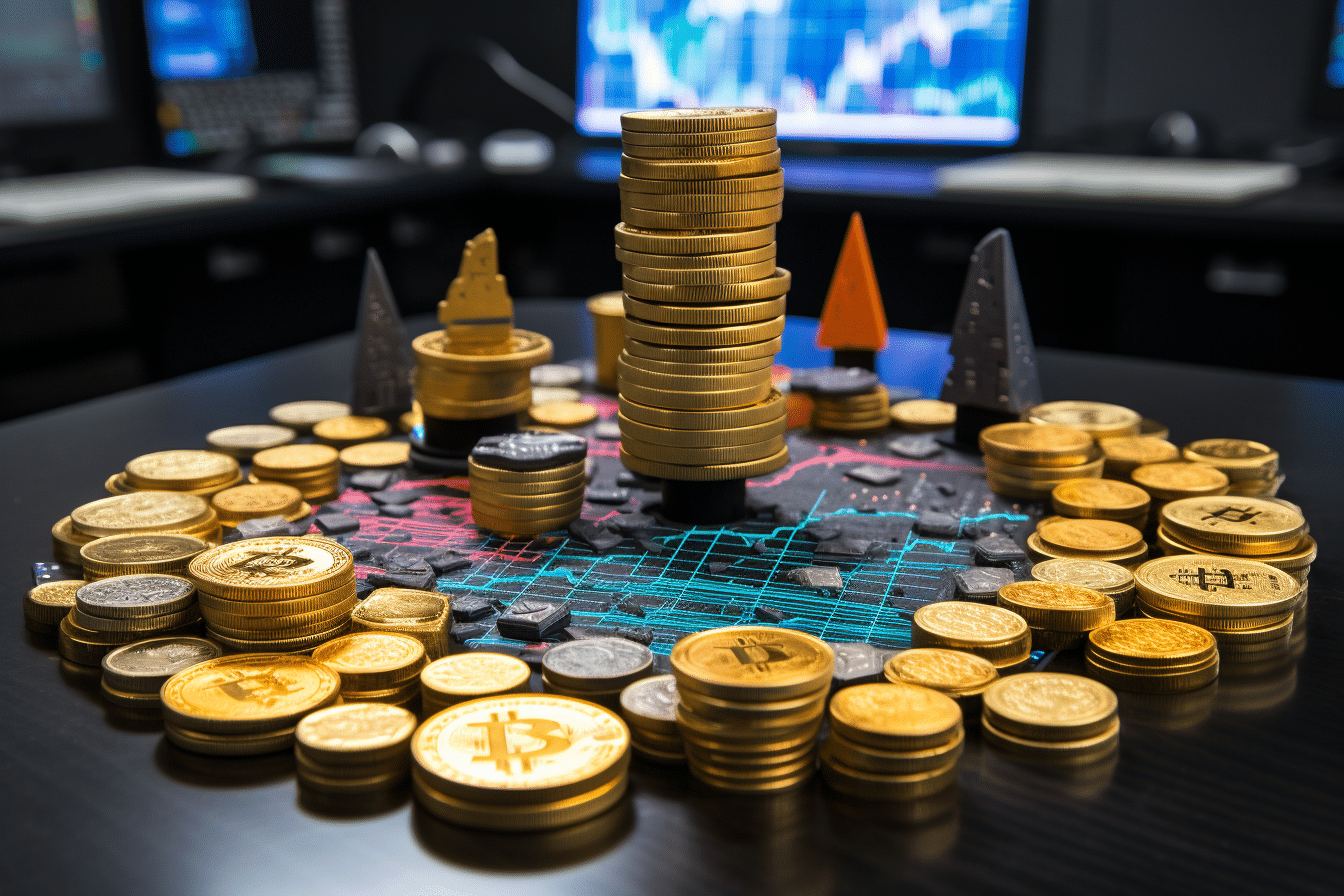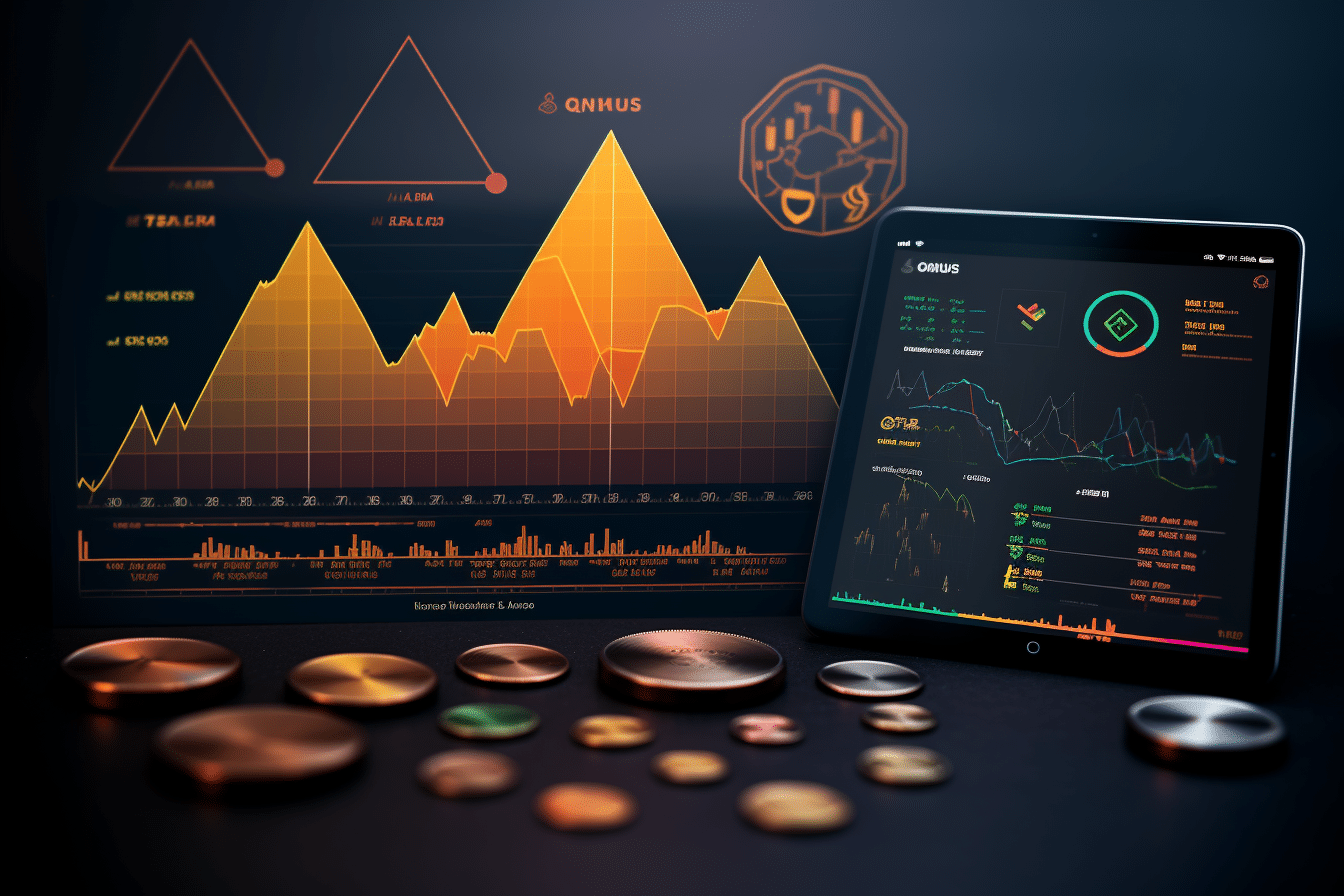What is Solana? Beginner’s Guide to SOL Blockchain (2024)
In the ever-evolving world of blockchain technology, Solana stands out as a pioneering platform that has reshaped the boundaries of speed and efficiency in the crypto space. As we step into 2024,...

In the ever-evolving world of blockchain technology, Solana stands out as a pioneering platform that has reshaped the boundaries of speed and efficiency in the crypto space. As we step into 2024, understanding the nuances of this innovative blockchain is crucial for beginners and enthusiasts alike.
This guide aims to give you a detailed overview of Solana, delving into its foundational concepts, technical intricacies, and the diverse ecosystem that it supports.
Introducing Solana: The basics of the blockchain

Introducing Solana – Image via Solana
Solana emerges as a cutting-edge blockchain renowned for swift and efficient operations. It’s a fertile ground for decentralized apps (dApps) and digital currencies, priding itself on high performance and several benefits.
This innovative platform is reshaping the blockchain landscape, offering a sturdy foundation for diverse applications and challenging conventional fiscal and tech norms.
Understand how Solana adapts to market changes by reading about its recent strategies to shake off early week declines.
Solana’s journey and inception
Solana’s journey began in 2017 when Anatoly Yakovenko, a former engineer at Qualcomm, envisioned a blockchain platform that could solve the scalability and speed issues faced by its predecessors like Bitcoin and Ethereum.
Yakovenko’s experience in distributed systems at Qualcomm was crucial in shaping his approach to blockchain technology. Alongside Yakovenko, Greg Fitzgerald and Stephen Akridge, who also had backgrounds in software engineering and system design, co-founded Solana. Their collective experience was instrumental in developing a new blockchain architecture.
After years of development, Solana’s mainnet beta went live on March 24, 2020. This launch was a significant milestone, marking the transition of Solana from a project in development to a live, functioning blockchain.
The mainnet launch was a critical step in demonstrating the practical application of Solana’s innovative technologies and its potential to support a wide range of dApps and services.
Unraveling the SOL token
The SOL token is the native cryptocurrency of the Solana blockchain. It plays a vital role in the functioning and governance of the Solana network. As a utility token, it is integrated into the network’s operations and has several key uses.
Use cases of the SOL token
- Transaction fees: On the Solana network, SOL tokens are mainly used to cover transaction fees. The cost of handling transactions and carrying out smart contracts is covered by these fees. By using SOL for transaction fees, validators are encouraged, and the network’s smooth operation is guaranteed. Additionally, it aids in network regulation to stop spam transactions.
- Staking: Users can stake their SOL tokens as part of the network’s Proof of Stake (PoS) consensus mechanism. By staking, users essentially lock up their tokens to support the network’s operation.
- Governance: In some aspects of the Solana ecosystem, SOL tokens may be used for governance purposes. Token holders can have a say in the future development and decision-making processes of the Solana network, depending on how the governance mechanisms are structured.
- Validator rewards: Validators who play a key role in maintaining the Solana blockchain by processing transactions and creating new blocks are rewarded for their efforts in SOL tokens. These rewards serve as an incentive for validators to act honestly and efficiently, ensuring the integrity and reliability of the blockchain.
- Storage payments: On the Solana network, SOL tokens are used to pay for data storage. This means that if you want to store data, such as smart contract state or account information, on the Solana blockchain, you will pay for this service in SOL. This use case emphasizes the token’s role in supporting the operational aspects of the blockchain.
Gain insights into Solana’s long-term potential by exploring whether SOL can recover and reach $1000 by 2040.

Understanding the use cases of the SOL tokens
Availability of SOL
SOLs are available for purchase and trading on various cryptocurrency exchanges. At the time of writing, SOL tokens have a circulating supply of 435,495,970 SOL.
Solana boasts a total supply of 568,389,497 SOL tokens, which accumulates to a fully dilated market capital of $60,346,394,507. The trading volume of SOL tokens over the last 24 hours stands at $3,217,579,615, making it the 5th most traded cryptocurrency.
The availability of SOL on multiple exchanges contributes to its liquidity, making it a great choice for both retail and institutional investors. It also facilitates the broader use of SOL across different applications and services within the Solana ecosystem.
Consider all perspectives by exploring potential bearish scenarios for Solana and what they could mean for its future.
Core functionalities of Solana
Here are some of the main features that define Solana. Take a look to know more:
1. High throughput
Solana is renowned for its exceptional transaction processing capability. Moreover, it can handle an average of 5,000 to 10,000 transactions per second (TPS), far outpacing older blockchain technologies.
This high throughput is achieved through a combination of innovative technologies and architectural choices, making Solana an ideal platform for applications requiring fast and efficient transaction processing.
2. Low transaction fees
Due to its improved processing, Solana is able to maintain very low transaction fees. These fees are significantly lower than those of many other major blockchains, making Solana a favorable option for a large set of applications, including microtransactions and high-volume dApps.
3. Scalability
Beyond just processing transactions quickly, Solana is designed for scalability. Its architecture allows it to handle an increasing load of transactions without significant increases in cost or decreases in performance.
This scalability is crucial for blockchain adoption in sectors that require handling large volumes of transactions or data, such as finance, gaming, and decentralized internet applications.
For practical usage, learn how to add Solana to MetaMask in 5 easy steps, expanding your crypto management skills.

Delving into the core functionalities of Solana
Technical features of Solana
Here are a few of Solana’s technical features. Take a look:
Proof of History (PoH)
PoH is a distinctive feature of Solana’s architecture that sets it apart from traditional blockchain consensus mechanisms like Proof of Work (PoW). PoH operates by creating a historical record that verifies the occurrence of an event at a specific moment in time.
This innovative approach streamlines the validation process, as it reduces the need for nodes to communicate synchronously to agree on the time and sequence of events. By embedding time in the blockchain’s data structure, PoH significantly enhances the efficiency and speed of the network.
Tower BFT
Solana has customized the Byzantine Fault Tolerance protocol, which is known as Tower Byzantine Fault Tolerance, or Tower BFT. It is intended to enhance network security by collaborating with PoH. Even in the presence of malicious nodes, Tower BFT uses the historical records produced by PoH to reach a consensus quickly and effectively.
This protocol is essential for maintaining the network’s dependability and integrity and for strengthening its defenses against different kinds of errors and attacks. Tower BFT and PoH work together to allow Solana to keep security at a high level without compromising speed.
Sealevel
Sealevel is Solana’s parallel smart contracts runtime, which represents a significant advancement in how smart contracts are processed. Unlike traditional blockchains that process transactions sequentially, Sealevel enables the simultaneous processing of transactions and smart contracts.
This parallel processing capability drastically increases the network’s capacity, allowing Solana to handle a much larger volume of transactions and smart contract executions simultaneously.
Gulf Stream
Gulf Stream is a novel protocol in the SOL network that optimizes the transaction forwarding process. Also, it operates without a traditional mempool, where transactions go through a waiting phase followed by confirmation.
Instead, Gulf Stream pushes transactions to validators ahead of time, effectively streamlining the transaction confirmation process. This mechanism reduces the average confirmation time and enhances the network’s responsiveness.
Solana Program Library (SPL)
The SPL is a collection of on-chain programs designed to provide developers with a foundational set of tools and functionalities essential for building on the Solana blockchain. It’s akin to a standard library in traditional programming, offering a suite of pre-built features that streamline and simplify the development process.
The SPL includes programs for token creation and management, a token-swap program for decentralized trading, and various other utilities. The SPL is open-source, allowing for community contributions and improvements, which fosters a collaborative development environment.
Stay updated with Solana’s market movements by understanding the reasons behind its price fluctuations with our expert analysis.

Looking at the technical features of Solana
Ecosystem and applications of Solana
Solana’s ecosystem is rich and diverse, encompassing a wide array of dApps and services. Moreover, this expansion is primarily due to Solana’s advanced features, making it a lucrative platform for developers and users alike.
1. dApps
The Solana network hosts an extensive range of dApps that span various sectors and utilities. This includes everything from decentralized finance (DeFi) applications to digital art marketplaces and more.
The high performance and low cost of transactions on the Solana network make it an ideal platform for developing and using dApps. Developers can build sophisticated applications without worrying about network congestion or high fees, while users enjoy faster, cheaper transactions.
2. Non-fungible token (NFTs) and gaming
Solana has quickly developed into a NFT hub. Its swift transaction processing speed, compared to many other blockchains, makes it a great platform for issuing, purchasing, and trading NFTs.
The gaming sector on Solana is burgeoning, with various blockchain-based games leveraging the network’s capabilities. The high throughput and low latency are particularly beneficial for games that require real-time interaction and microtransactions.
3. DeFi platforms
Solana’s DeFi ecosystem is robust, offering services like lending, borrowing, yield farming, and automated market making. Moreover, these services mirror those found in traditional finance. However, due to decentralization, they operate on blockchain technology.
The advantages of Solana’s DeFi platforms include greater accessibility, transparency, and efficiency. Users around the world can access these financial services without the requirement of a traditional bank, often with lower fees and faster transaction speeds.
If you’re considering investing in Solana, start with our beginner’s guide on how to buy Solana (SOL) in 2024.

Decoding the future of Solana
Summing up
As we conclude, it’s evident that Solana has carved a niche for itself in the digital world. Also, the active community and continuous developments around Solana indicate a promising future. Additionally, it potentially paves the way for wider adoption and innovation.
For beginners and seasoned enthusiasts alike, Solana offers a fascinating glimpse into the potential of blockchain technology. This pushes the boundaries of what’s possible and inspires new ways of thinking about digital finance in 2024 and beyond.
Delegate Your Voting Power to FEED DRep in Cardano Governance.
DRep ID: drep12ukt4ctzmtf6l5rj76cddgf3dvuy0lfz7uky08jfvgr9ugaapz4 | We are driven to register as a DRep by our deep dedication to the Cardano ecosystem and our aspiration to take an active role in its development, ensuring that its progress stays true to the principles of decentralization, security, and community empowerment.DELEGATE VOTING POWER!








